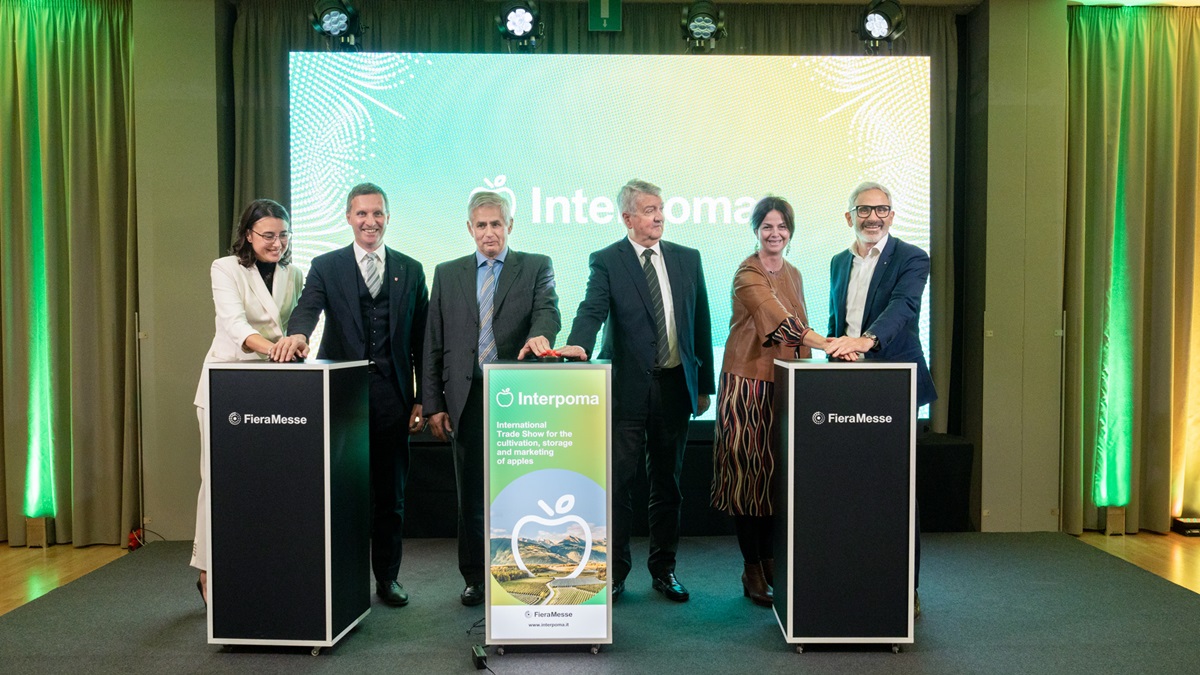

Interpoma
Services
Evaluating new cut flowers in the United States and Canada
The development of new and different cut flowers is increasingly important to stimulate customer interest and maintain sales. Each year a wide variety of new cultivars and species are released by plant breeders, propagators, and suppliers. In response the National Cut Flower Trials were established to evaluate new annual, perennial and woody cut flowers, foliage, fruits, and stems. The program consists of three trials focusing mainly on field-grown cut
23 April, 2020
Poscosecha, postcosecha, postharvest, marketing, ornamentales, ornamentals, seed, perennials, woody ornamentals, evaluations The development of new and different cut flowers is increasingly important to stimulate customer interest and maintain sales. Each year a wide variety of new cultivars and species are released by plant breeders, propagators, and suppliers. In response the National Cut Flower Trials were established to evaluate new annual, perennial and woody cut flowers, foliage, fruits, and stems. The program consists of three trials focusing mainly on field-grown cut flowers, but also including high tunnel and greenhouse production. The program is a cooperative effort between the Association of Specialty Cut Flower Growers (ASCFG), cut flower breeders and suppliers, cut flower producers, and North Carolina State University (NCSU). The trial is coordinated by the ASCFG and NCSU. Breeders and suppliers provide plant materials, which are sent to commercial producers for evaluation. In addition, a few other universities participate in the trials. Up to 50 trialers from the United States and Canada evaluate seed-propagated materials and 10 to 20 trialers rate perennial and woody materials, so that plants are evaluated across a broad range of climatic conditions. Trialers return evaluations providing production information (yield, stem length), ratings (market appreciation, ease of cultivation, likelihood of commercially producing the cultivars again), and written comments (positive qualities, problems, similar species/cultivars, postharvest attributes). Plants are evaluated for one year in the annual trial, two years in the perennial trial and for up to five years in the woody trial. The trial programs provide: 1. cut flower producers with new cultivars to test each year, 2. breeders and suppliers with publicity and performance information for their products, 3. the ASCFG with a member service, and 4. NCSU with information on the performance of new cut species and cultivars from a wide range of climatic conditions. Sources:Acta Hort. (ISHS) 980:29-36, Acta Horticulturae 980, I International Trials Conference: Assessment of Ornamental Plants The picture is the home page of ASCFG?s web site. ?












